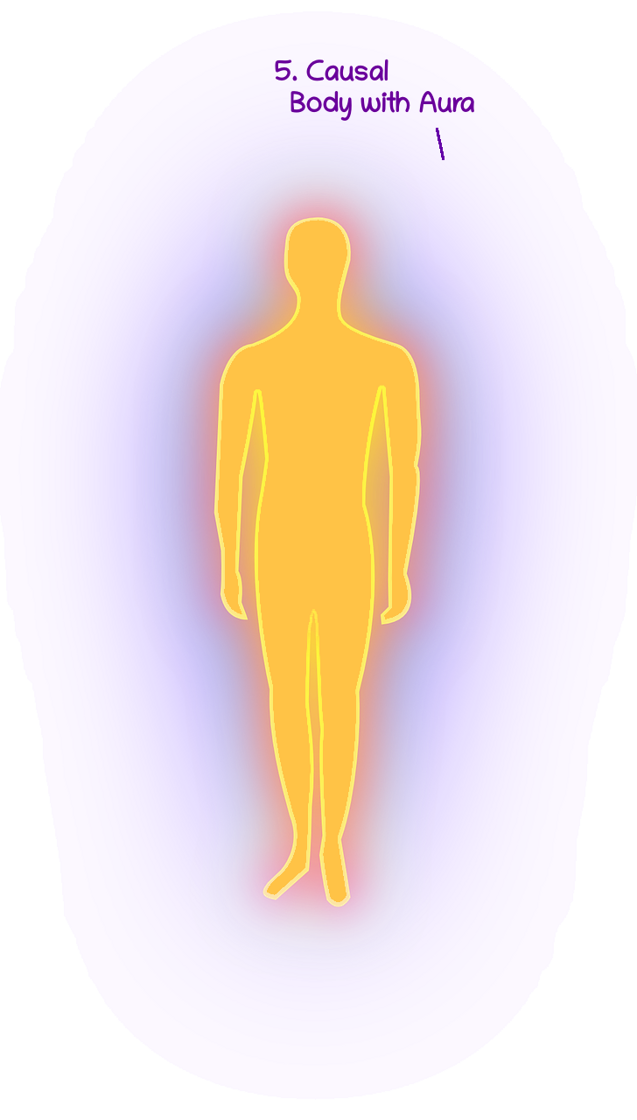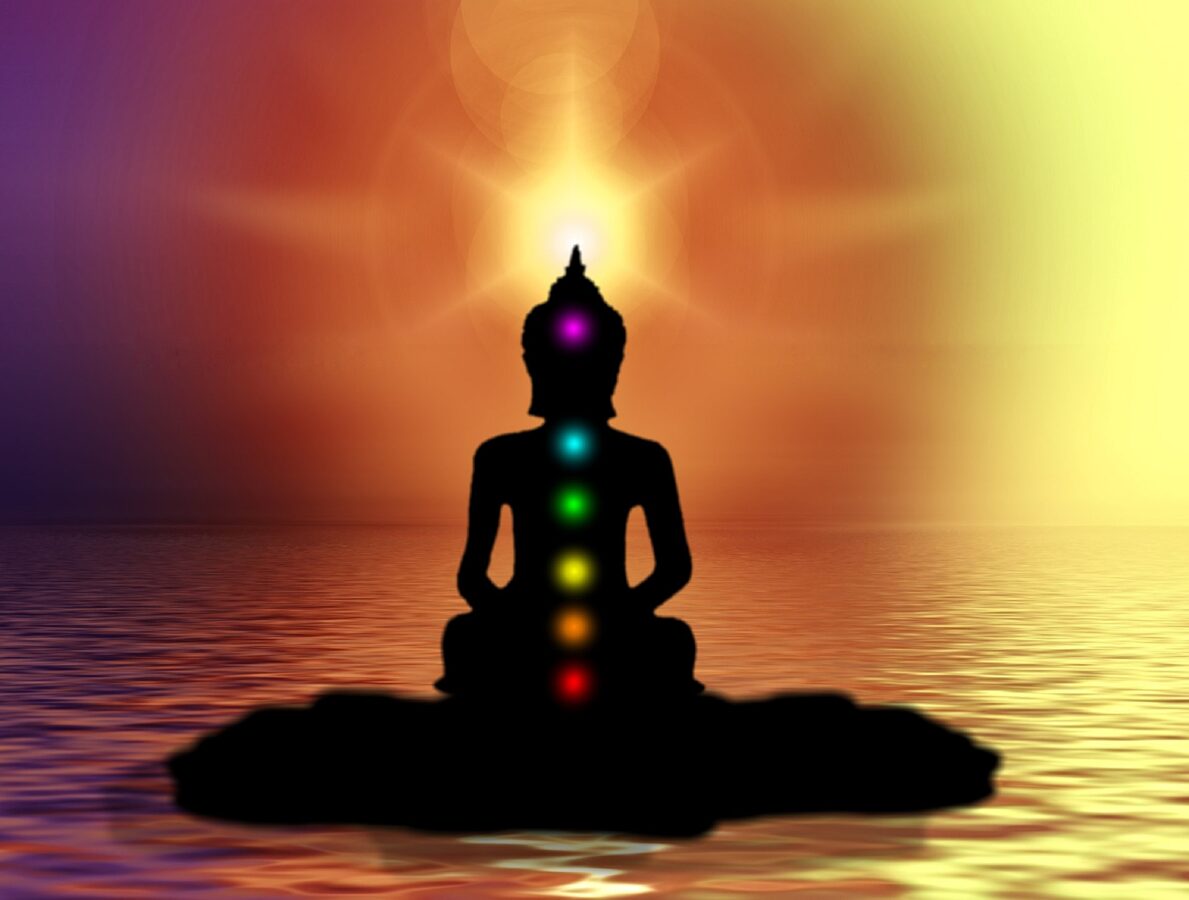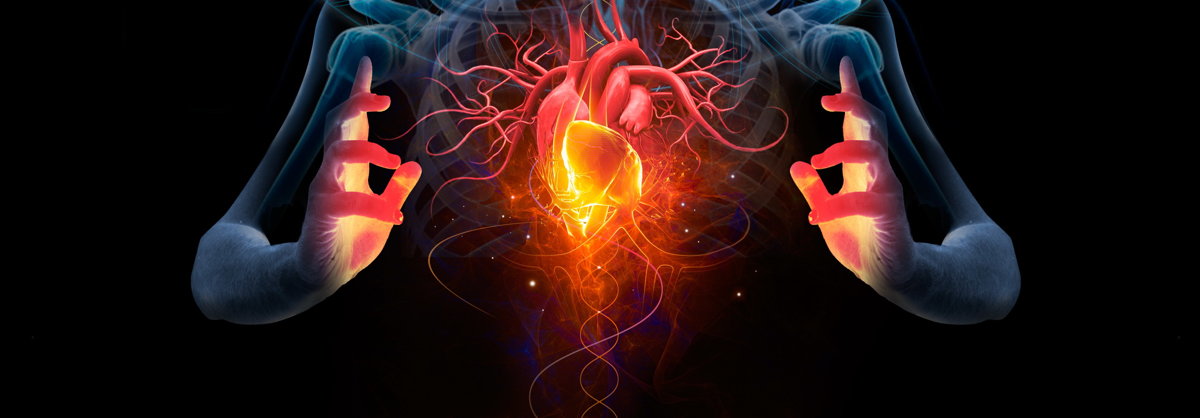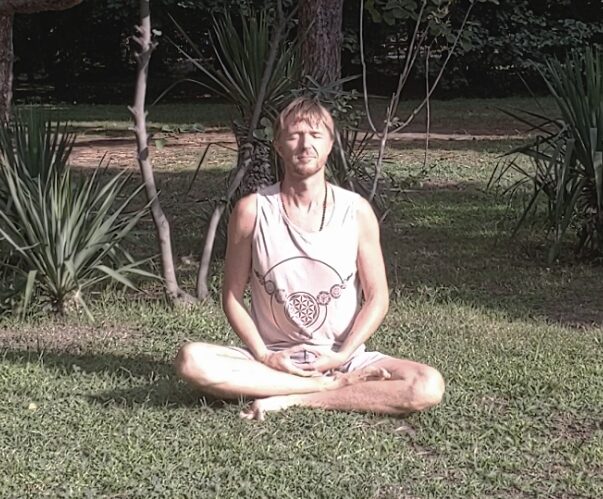The Causal Body
The causal body is the plane one reaches in meditation when thoughts and emotions have calmed down. You are then, so to speak, in the position of the observer of all the forms. Another name for this observer is Soul.
This body is called Anandamaya Kosha in Hinduism philosophy, which means bliss body. However, getting into the causal body is not yet our goal; it is, so to speak, just a stopover on the way to our Higher (divine) Self, pure consciousness.
It is called the bliss body because a certain level of bliss is experienced when you enter this body because you are no longer influenced by constant thoughts and emotions. In it, however, all the seeds of our personality are stored in a 'sleeping state' (=not active) - including, of course, all unpleasant patterns.
The causal body is the level of 'I Am', of emptiness, of consciousness of space, in which all forms 'dance'. Ignorance or emptiness of knowledge is also attributed to it, with the resulting freedom - the freedom to know nothing.
But that doesn't mean that when you become aware of this body, all the knowledge that you have acquired so far is simply gone. No, of course it is still there, and you have access to it if you want. When you let yourself fall into the causal body, you perceive the forms that arise (sounds, smells,...), but you don't interpret them; you simply perceive without doing anything mentally to describe, define, or classify them.
I would like to mention here again that the classification of the bodies and the definition of various concepts can vary from teacher to teacher.



